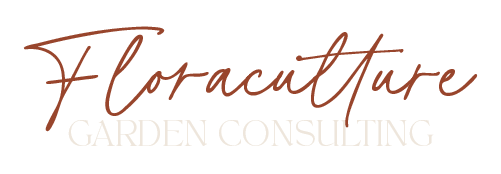Why I’m Focusing on Herbs This Season
An easy way to embrace garden-to-table living without adding more to your plate.
Have you thought about what your garden focus will be this year?
It’s easy to get swept up in the urge for more: more raised beds, more seedlings, more ambitious plans. But this summer, I’m choosing something different.
Instead of growing more, I’m focusing on using what I already have.
And that shift? Starts with herbs.
Even Experienced Gardeners Forget to Use Their Herbs
I’ll be honest: I grow herbs every year… and I forget to use half of them.
I’ll clip a little mint for lemonade, a handful of chives over eggs, but so many of those fragrant stems go untouched. They bolt. They fade. And I tell myself I’ll do better next year.
So this season, I’m refining instead of expanding.
What would it feel like to harvest and preserve the herbs I already have growing – intentionally and regularly?
Because the truth is, even a small kitchen garden can grow a year’s worth of flavorful herbs…if you actually use them.
Why Focus on Herbs in Your Garden?
There are a few reasons this shift feels so aligned right now:
1. The Flavor Test Is Real
If you’ve never tasted your own dried oregano next to a store-bought version, do it!
Garden-grown herbs are packed with freshness and depth. That rosemary you grew in your raised bed? It’s earthy and woodsy, not just vaguely herb-scented. Even dried mint carries a brightness that the store jars just can’t match.
It’s the easiest upgrade you can make in your kitchen, and it’s already growing right outside your door.
2. Garden-to-Table Gifts (That Feel Like You)
Dried herbs make the sweetest, simplest gifts. You can:
Bundle fresh sprigs for a summertime host gift
Create herb salt or a custom spice blend for the holidays
Infuse vinegars or oils with your favorite garden flavors
Gifting something you grew and preserved feels grounding, personal, and generous.
How to Dry Garden Herbs (The Easy Way)
If you’re new to preserving herbs, this method works beautifully for most culinary plants and doesn’t require any fancy equipment.
For Leafy Herbs
(like thyme, rosemary, oregano, sage, mint)
Harvest 4–5 stems at a time.
Tie with twine or string.
Hang upside down in a cool, dry, dark place (basements work well).
Wait 2–3 weeks, then check: they’re ready when they crumble easily.
Store in jars or airtight containers out of direct light.
For Herbal Flowers
(like chamomile, calendula, or rose petals)
Lay flowers flat in a single layer on a screen or rack.
Let them air dry in a well-ventilated, dry space.
Skip humidity. Patience and airflow are key.
How to Use Dried Herbs in Everyday Cooking
Drying herbs is just the first step. The goal? Actually use them.
Try:
Sprinkling dried thyme or rosemary over roasted carrots or squash.
Adding dried mint to lemonade or tea.
Creating your own kitchen blend (mine is parsley + oregano + thyme!).
This isn’t about making a Pinterest-worthy pantry. It’s about using what you’ve grown and preserved to nourish your home, one sprinkle at a time.
Want to Use Your Herbs This Year?
It starts with growing them in the right conditions, with the right timing, from the very beginning.
Watch my free masterclass: Keys to Growing Easy Veggies with Confidence
In this free class, I’ll walk you through:
How to set up your garden for success from the start
What makes veggies and herbs thrive (and what to do when they don’t).
The seasonal rhythms that make gardening simpler.
Let’s make this the season you grow, harvest, and use the herbs waiting right outside your kitchen door!

